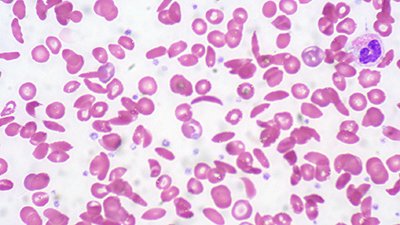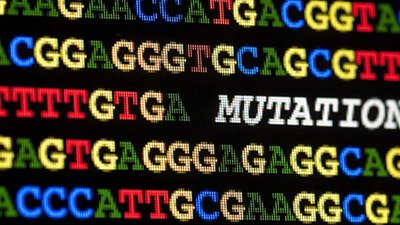
Genome Structure Over Genetic Mutations: What Makes You Different
News Source
From chimps to the Human Genome Project and microbes to mice, genomic revelations abound in headlines. Epidemics are diagnosed. But sweeping conclusions about origins are sometimes based on comparisons which are limited by available technology and observer bias.
A new approach reported by Jun Wang of the Beijing Genomics Institute suggests investigators haven’t been seeing some of the most important genomic information after all.
A new approach reported by Jun Wang of the Beijing Genomics Institute suggests investigators haven’t been seeing some of the most important genomic information after all. Most genetic studies, including those that trace ethnic background, focus on point-by-point mutations.
Also called single nucleotide polymorphisms (SNPs), these simple nucleotide substitutions are the easiest genetic variations to spot. Some SNPs are the cause of disease sickle cell anemia, for example. Others have no consequences and are useful for ancestral mapping. SNPs are easy to spot because DNA is most efficiently analyzed after chopping it into small pieces. Each piece can be sequenced and the results reassembled along conventional placement guides.
Wang’s team examined “long, relatively intact genome sequences.” Their method enabled them to spot structural variations such as “wholesale duplications and reversals, or unexpected additions and omissions, of long DNA sequences.” These large-scale variations are easily overlooked with conventional sequencing. Traditional methods focus on the details but can miss the big picture.
The team analyzed 106 genomes from the 1000 Human Genome Project. They found that structural variations “account for a greater fraction of the diversity between individuals” than SNPs.1 Although the scope of this project did not include linking structural variations to disease, that logical next step may explain the unusual inheritance patterns of some diseases.
These findings remind us that the genetic code is incredibly complex. The limits of knowledge and technology can prompt conclusions based on sketchy, spotty, and oversimplified information. A good example is chimp-human genome similarity. As valuable information increases our understanding of the genetic code, we should refrain from accepting dogmatic assertions about common ancestry, population studies, and molecular clocks inferred from genomic studies.
Further Reading
- How Genomes are Sequenced and Why it Matters: Implications for Studies in Comparative Genomics of Humans and Chimpanzees
- Are Humans and Chimps Related?
- If Human and Chimp DNA Are So Similar, Why Are There So Many Physical and Mental Differences Between Them?
- Classifying Life
For More Information: Get Answers
Remember, if you see a news story that might merit some attention, let us know about it! (Note: if the story originates from the Associated Press, FOX News, MSNBC, the New York Times, or another major national media outlet, we will most likely have already heard about it.) And thanks to all of our readers who have submitted great news tips to us. If you didn’t catch all the latest News to Know, why not take a look to see what you’ve missed?
(Please note that links will take you directly to the source. Answers in Genesis is not responsible for content on the websites to which we refer. For more information, please see our Privacy Policy.)
Recommended Resources

Answers in Genesis is an apologetics ministry, dedicated to helping Christians defend their faith and proclaim the good news of Jesus Christ.
- Customer Service 800.778.3390
- © 2024 Answers in Genesis






